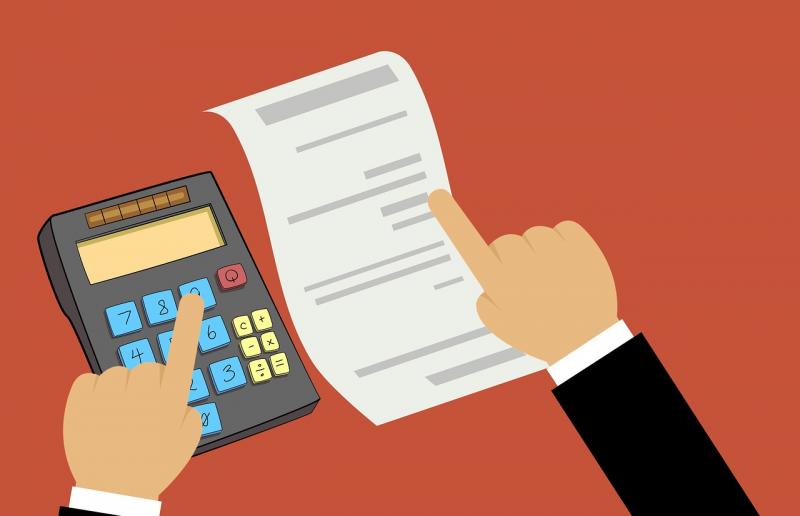
As a financial officer, you have a job to do, especially if your organization does frequent business transactions, budgeting. Budgeting is a tool used to plan and manage your financial resources. These are the guidelines for your future strategy, which are expressed from time to time.
Read Also: Accounting: Imperative Financial Task
No budget is complicated. It is an organizational tool used to plan and control cash flow. Also, these are formal written guidelines for your future strategy, which are expressed financially from time to time.
Organizational Budgeting Types
Not all organizational budgeting is identical in nature. You can understand different organizational budgeting below:
1. Sales Budget
This includes predicting total sales during the organization's amount and quantity expression period. The forecast relates to the overall sales and interval in terms of production and area in production. The cell manager in the organization is responsible for creating the cell budget.
2. Cash Budget
A cash budget is usually a detailed estimate of cash receipts and cash distribution for a budget period in an organization. The organization is ready to ensure that cash is available on time to fulfill financial commitments and make the best use of available money.
3. Radiation Budget
It also includes production forecasts for a specific period analyzed by the professional departments to be scheduled according to the organization's sales forecast.
4. Content Budget
This is usually related to the explicit content for budget production in the organization. This production is based on budget. The material required for the manufacture of a unit is determined and multiplied by the budgeted output to reach the total amount of material directly needed for the organization.
5. Wage Budget
It is based on the organization's production budget estimates. It reflects the workers' needs for a fixed period and the financial requirements to meet the workers' wage bills for a specified budget period.
Read Also: Key functions of Business Operations
Factory overhead budget
It includes details of fixed and variable overhead expenditures for the budget period. The organization usually has fixed costs. They do not change with the change in production volume. Variable costs, on the other hand, vary with the change in production volume in the organization.
What can a Budget Account Do?
1. This can help improve goals that reflect the existing resources realistically.
2. It can force the members of the organization to use the funds effectively.
3. Adjustment: It can provide accurate information for adjusting, analyzing, and evaluating programs and activities.
4. This can help in decision-making.
5. It can provide a historical reference used for future planning.
Development of a Budget
- Preparations: Start preparations one month or more before the end of this year. Outline the organization's planned activities for Next year carefully study, research, and research funding, cost, and resources.
- Determine available funds available (more balanced than last year).
- Estimate the expected revenue and when it is expected to be available (liabilities, T-shirt sales, etc.).
- Specify required costs (advertising, rent, printing, delivery, etc.).
- Enter prices for certain costs, and delegate some responsibilities to members. Order rank order, according to the importance of their ratio, which activities spend the most funds.
- Choose and decide on programs to start: Ask yourself how much funding is available to allocate a program. Conversation as needed; eliminate less necessary expenses or limit certain expenses.
- Cross review, coordination, cross-reference, and then gathering information in the final budget. Budgets must be flexible in assessing situations that will be overlooked during the planning process.
Managing the Budget
- Once approved, adopted, and prepared, the budget should be closed, organized, and maintain a minimum cash balance.
- Policies formulate the policies and procedures required to achieve the goals.
- Transaction: Keep a proper log of financial transactions (income and expenses) also keep a log in your organization's record book.
- Set up internal controls designed for internal security and accurate accounting data. It encourages accountability.
- Cost Control - Allow only approved costs.
- Estimate the budget at any time during the budget period.
It is important to formulate and execute budget in the best possible ways. Good execution of budget determines its success.



